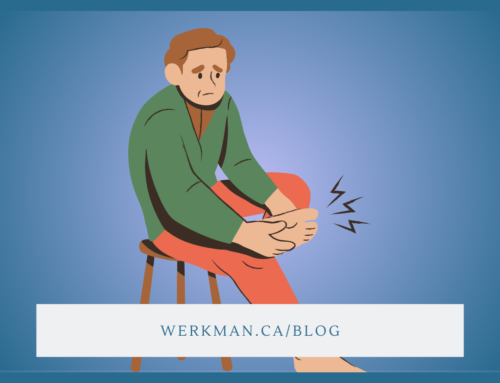Understanding Heel Spurs
What Is a Heel Spur?
A heel spur is a bony outgrowth that forms on the underside of the heel bone (calcaneus). Often associated with plantar fasciitis, heel spurs can develop when stress and strain on the foot cause calcium deposits to build up over time. While some heel spurs go unnoticed, others can lead to significant heel pain, especially during the first steps of the day or after prolonged periods of standing.
How Do Heel Spurs Form?
Heel spurs are usually the result of repetitive stress on foot muscles and ligaments. Contributing factors include:
-
👞 Improper or unsupportive footwear
-
🏃 High-impact activities like running or jumping
-
🌀 Abnormal walking gait
-
⚖️ Obesity or excessive weight-bearing
These factors place added tension on the plantar fascia, leading to inflammation and, eventually, the formation of a spur.
Heel Spur Treatment Options
Fortunately, most cases of heel spurs can be managed without surgery. Conservative heel spur treatment options include:
-
Custom orthotics: These provide better arch and heel support, reducing pressure on the spur.
-
Shockwave therapy: Non-invasive and effective for chronic heel pain.
-
Stretching and strengthening exercises: These target the plantar fascia and calf muscles to reduce tension.
-
Icing and anti-inflammatory medications: Help manage pain and reduce inflammation.
-
Footwear changes: Supportive shoes with cushioned soles can make a big difference.
In rare cases where conservative care fails, surgical removal of the spur may be considered.
When to See a Chiropodist
If you’re experiencing persistent heel pain, especially after rest, consult a chiropodist for a thorough assessment. Early diagnosis and treatment of heel spurs can prevent further complications and help you return to pain-free movement.



